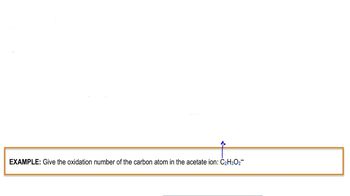Here are the essential concepts you must grasp in order to answer the question correctly.
Atomic Diameter
The atomic diameter refers to the size of an individual atom, typically measured in picometers (pm). In this context, the diameter of a lead atom is given as 350 pm, which is essential for calculating how many atoms fit into a given thickness. Understanding atomic size is crucial for visualizing the arrangement of atoms in a material.
Recommended video:
Thickness Conversion
The thickness of the lead sheet is provided in inches, which must be converted to the same unit as the atomic diameter for accurate calculations. Since 1 inch equals 2.54 centimeters and 1 centimeter equals 10 million picometers, converting the thickness from inches to picometers allows for a direct comparison with the atomic diameter.
Recommended video:
Calculating Number of Atoms
To determine how many lead atoms are stacked in the thickness of the lead sheet, one must divide the total thickness (in picometers) by the diameter of a single lead atom. This calculation provides the number of atoms that can fit across the specified thickness, illustrating how atomic scale relates to macroscopic measurements.
Recommended video:
Calculate Oxidation Numbers Example
 Verified step by step guidance
Verified step by step guidance


